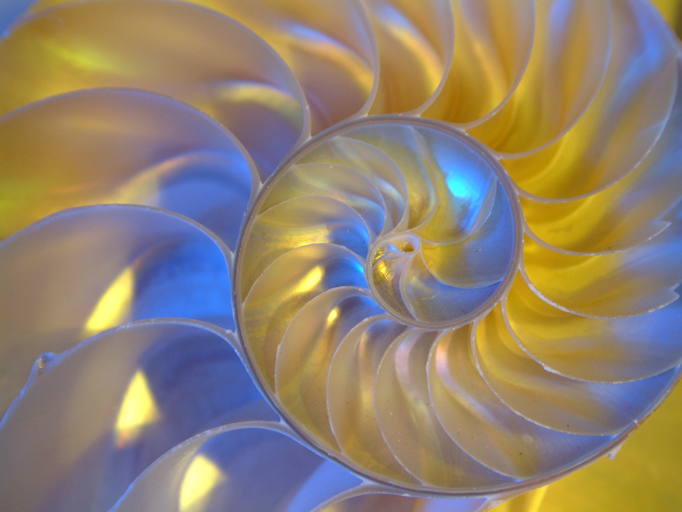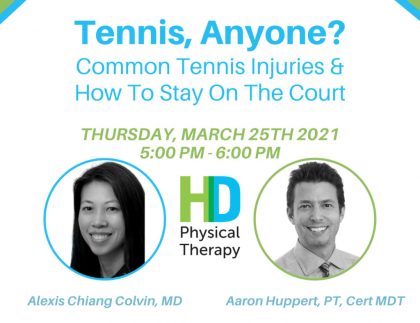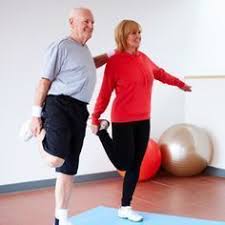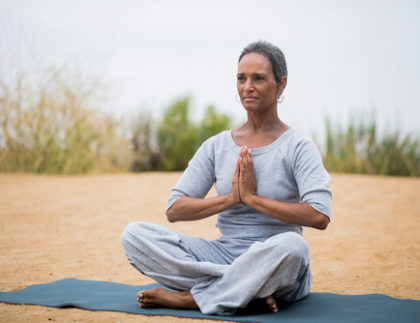
As a professional in the realm of analyzing body shapes and physiology, I fall into the habit of deconstructing what is attractive to me. Who is handsome? What qualifies as pretty… anatomically? Sometimes I think about what it is about someone that I actually like to see. “I like the way your foot springs off the ground when you’re happy. I like the way you hold your head to the side when you’re excited, the way you bounce your hair when you walk with me.”
Is it possible to quantify attractiveness, to define a standard of what constitutes objective, “physical,” beauty? This type of physique could be attractive to me, that type may not be. I may like a person that is tall with short-brown hair and widely set cheekbones, because she reminds me of my grandmother. And for you, perhaps, the exact opposite may be true for the very same familial reasons. If the awesome perplexity of defining beauty wasn’t short of being a miraculous phenomenon, then it would certainly default into the realm of confusion.
Putting Freudian idiosyncrasies aside, it is typically said that we as a human race are generally attracted to that which is unique among a species, and not that which is repetitive or common. “Opposites attract” … so it is said. And there are a multitude of other ponderous quotations on beauty that are peppered from the modern age to antiquity. Think for a second, and more than a few will immediately come to mind. “Beauty is only skin deep,” “Beauty is in the eye of the beholder,” even “Beauty and the Beast,” and my personal favorite by Fyodor Dostoyevsky, “Beauty will save the world!” I can assure you that this existential giant of Russian literature was not commenting on the vanity of Italian stilettos or “poke-you-in-the-eyebrow” mascara.

I had a patient once, a professional female dancer, who defined for me at least five distinct, physical and aesthetic benefits that come from wearing shoes with very high heels. The first, most obvious, was improvement in height. The second was shrinking of the appearance of the size of the foot, making it look petite. The third was smoothing the contour of the leg at the sharp angle of the heel. The fourth was pointing of the toes to strengthen up the arch. The fifth was amplifying the tone of the muscles in the backside, and also the buttocks and the calves. Actually there were at least three more legitimate reasons how these artificial “hooves” served to replicate the walking grace of a horse-- but I won’t beleaguer you further on society’s penchant for animals and fashion.
But it is true, there are dull peacocks and brown robins and then there are brightly colored ones. That’s just the way the juxtaposition of life works and the expression of genetic code. Believe it or not, there’s even a “golden rule” of aesthetic balance found within the sterile vault of Mathematics; it is called the Fibonacci Code. Interesting to note, by which, based upon the sarcophagus of Cleopatra’s face, she was apparently considered “perfect.” If you are bored, look up The Marquardt Mask. It is fascinating… but is it beautiful?

Sociologists have attempted to distill the myriad of definitions on physical attractiveness down to a rudimentary four: symmetry, harmony, clarity, and homogamy. If you need to pull out a dictionary to understand the last term, you are not alone. It basically means we are attracted to qualities that remind us of ourselves, and therefore essentially goes against everything I have just previously established about “opposites being able to attract.” Confusion, as I mentioned from the beginning, was a disclaimer about beauty that will unfortunately hold true.
There is symmetry in snowflakes and microscopic grains of salt, but ideals of beauty are not so simple in people. What about pretty or handsome viewed through the “eyes” of those who have not been clouded by unrealistic opinions or societal trends toward perfection? Is it even possible to see physical attractiveness transcended, unadulterated by the subconscious bowels of an opinionated, fully developed adult mind? In essence, “what makes a baby smile?”
I remember reading a scientific study, for whatever that’s worth quoting at this point, that nonetheless determined one’s physical attractiveness can be improved by at least 50% when somebody genuinely effectuates a smile. Science and “effectuating” are just overly complicated ways of stating the obvious… smiling makes us happy. And people ultimately are “attracted” to other people who make them feel good about themselves, who make them smile. The complication here lies only within the elegance of its simplicity.

Isn’t it tragically too easy to fixate within ourselves, to amplify our imperfections in our minds and then infect them into our behavior like the common cold. Everyone knows it can be a sad, tragic, and lonely world, so don’t deprive people of the joy of feeling more attractive about themselves when they are around you. They are not looking at the flaws you consume daily in the mirror, they’re experiencing all of “you” at once… the holistic picture.
Does anyone really fixate on the “prettiness” of the dancer, instead of the way he or she moves within the dance. The face here is concerned with the power of emotion, not with symmetry of the hair line or smooth angle of the jaw. In fact, I would say an almost mesmerizing, or hypnotic effect, is produced by the way we move and behave that transcends our imperfect appearance— a “symmetry” that harmonizes the body with the soul.
So stand up straight and engage the world, walk the way you’d want to dance, and above all inspire others with your beautiful smile.










You must be logged in to post a comment.